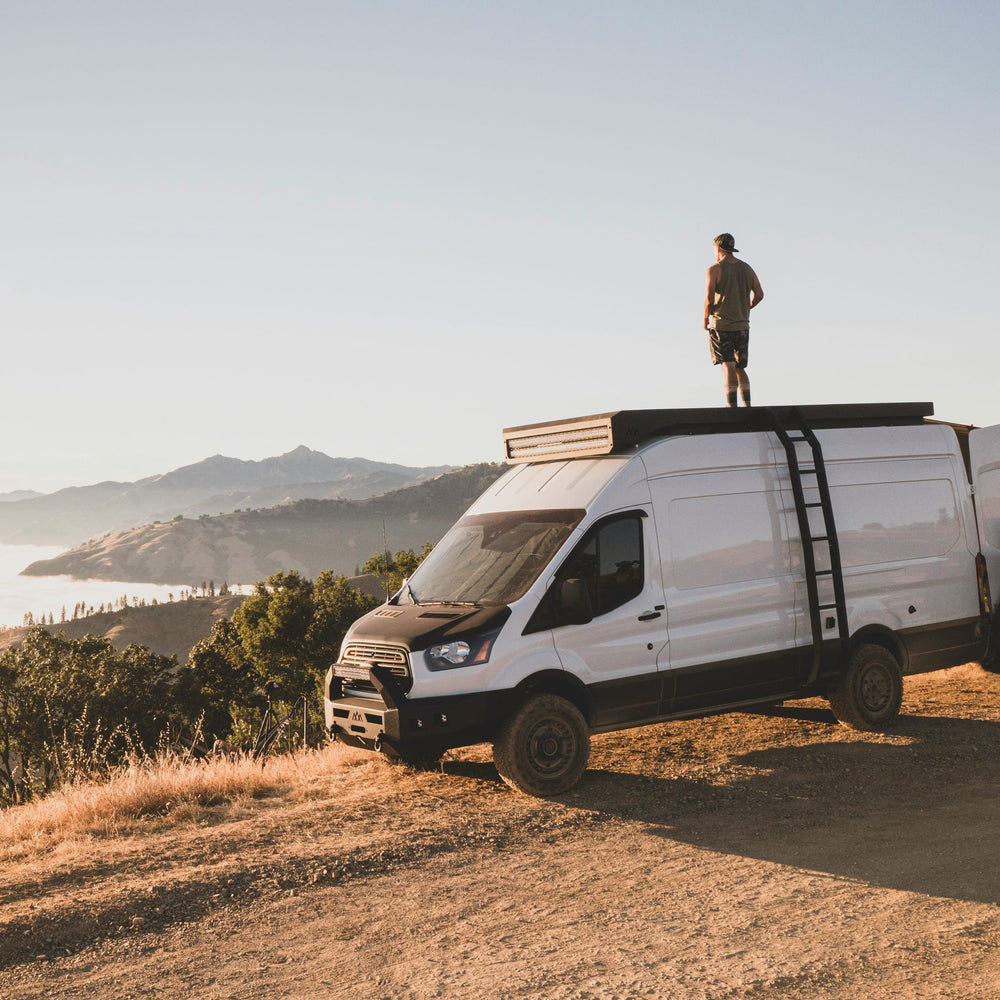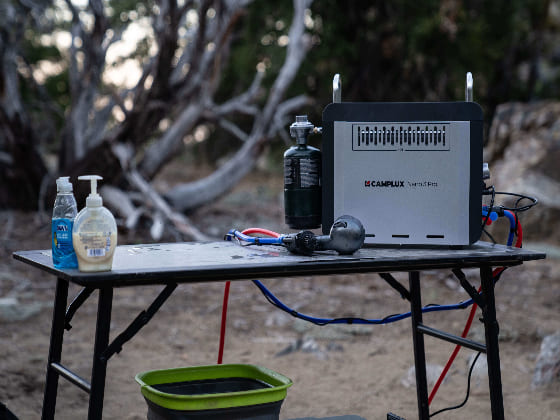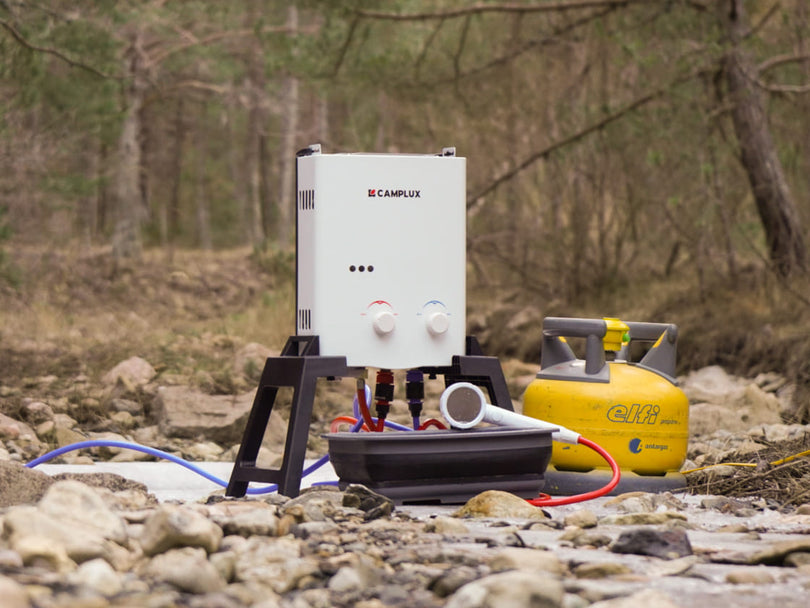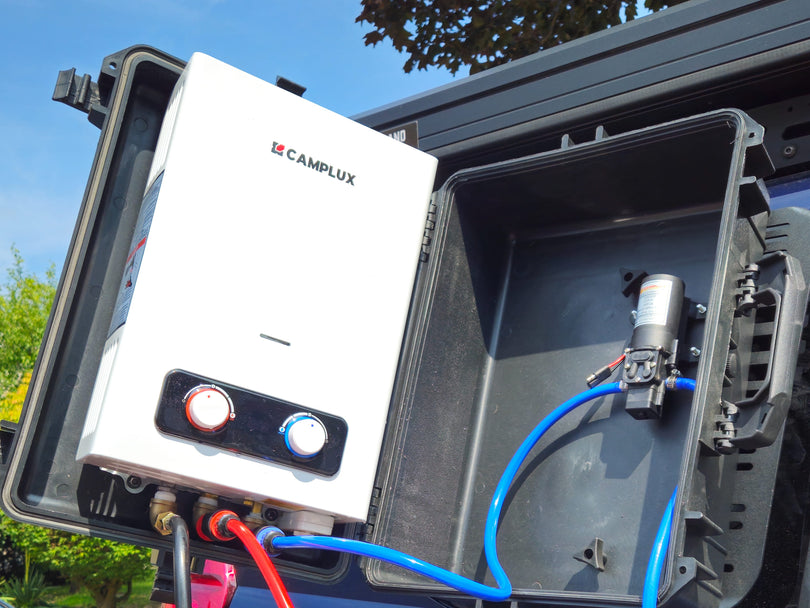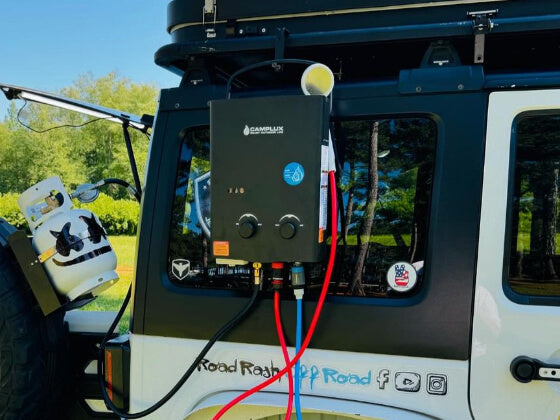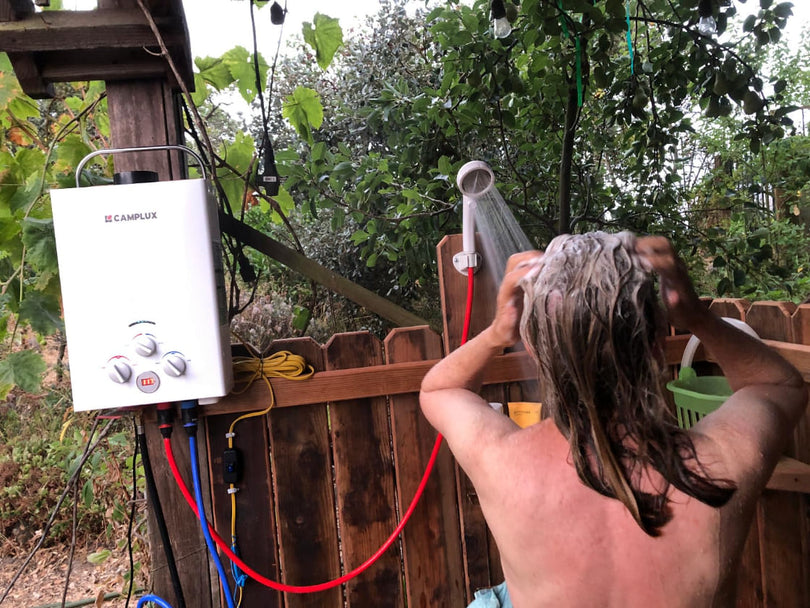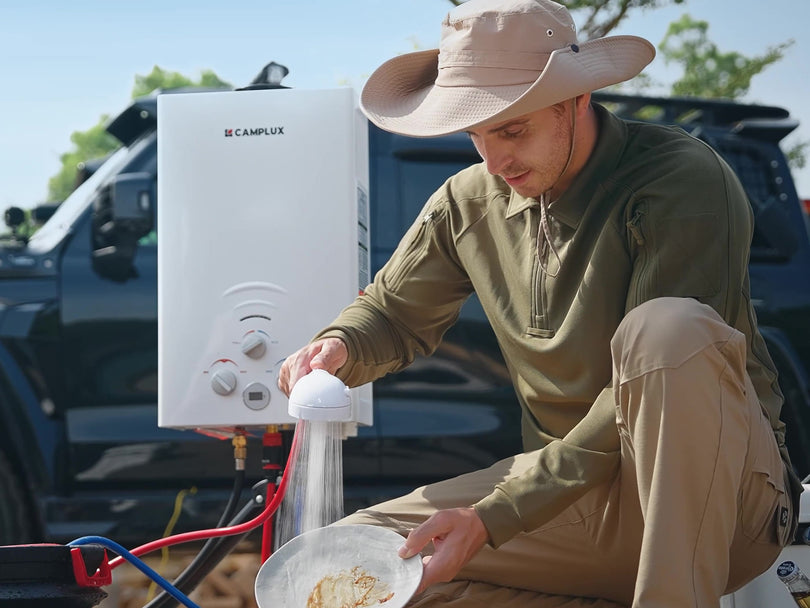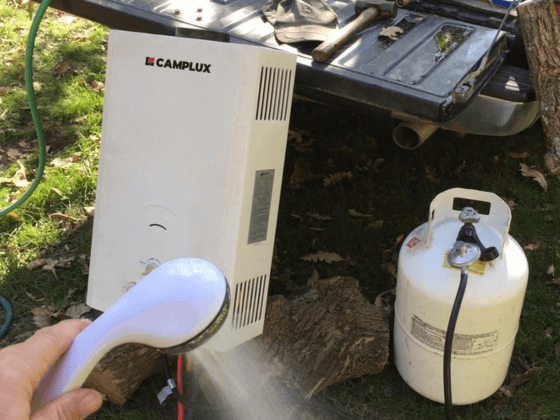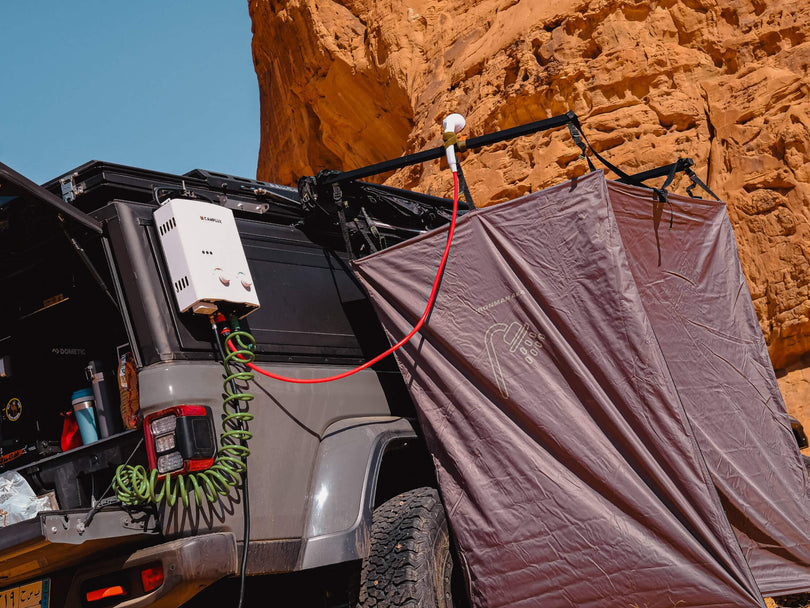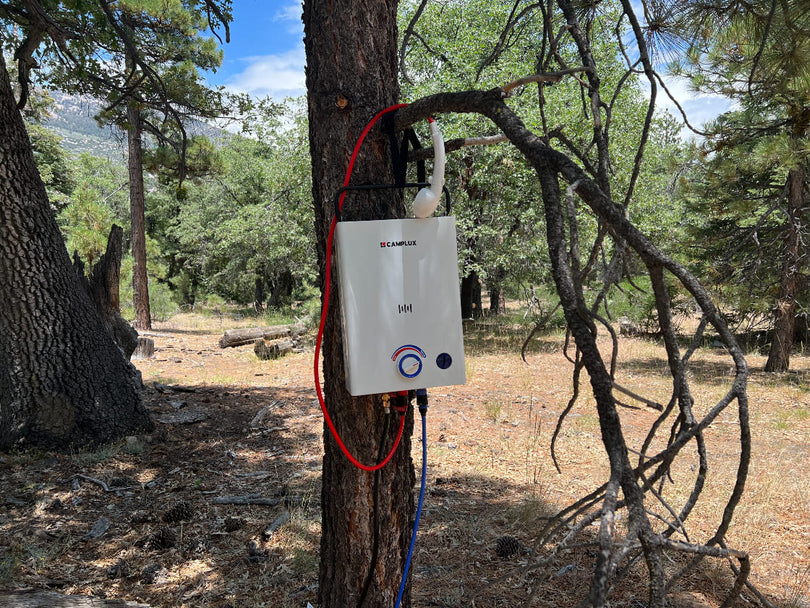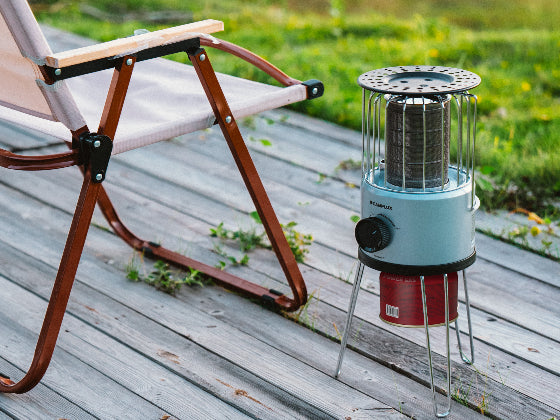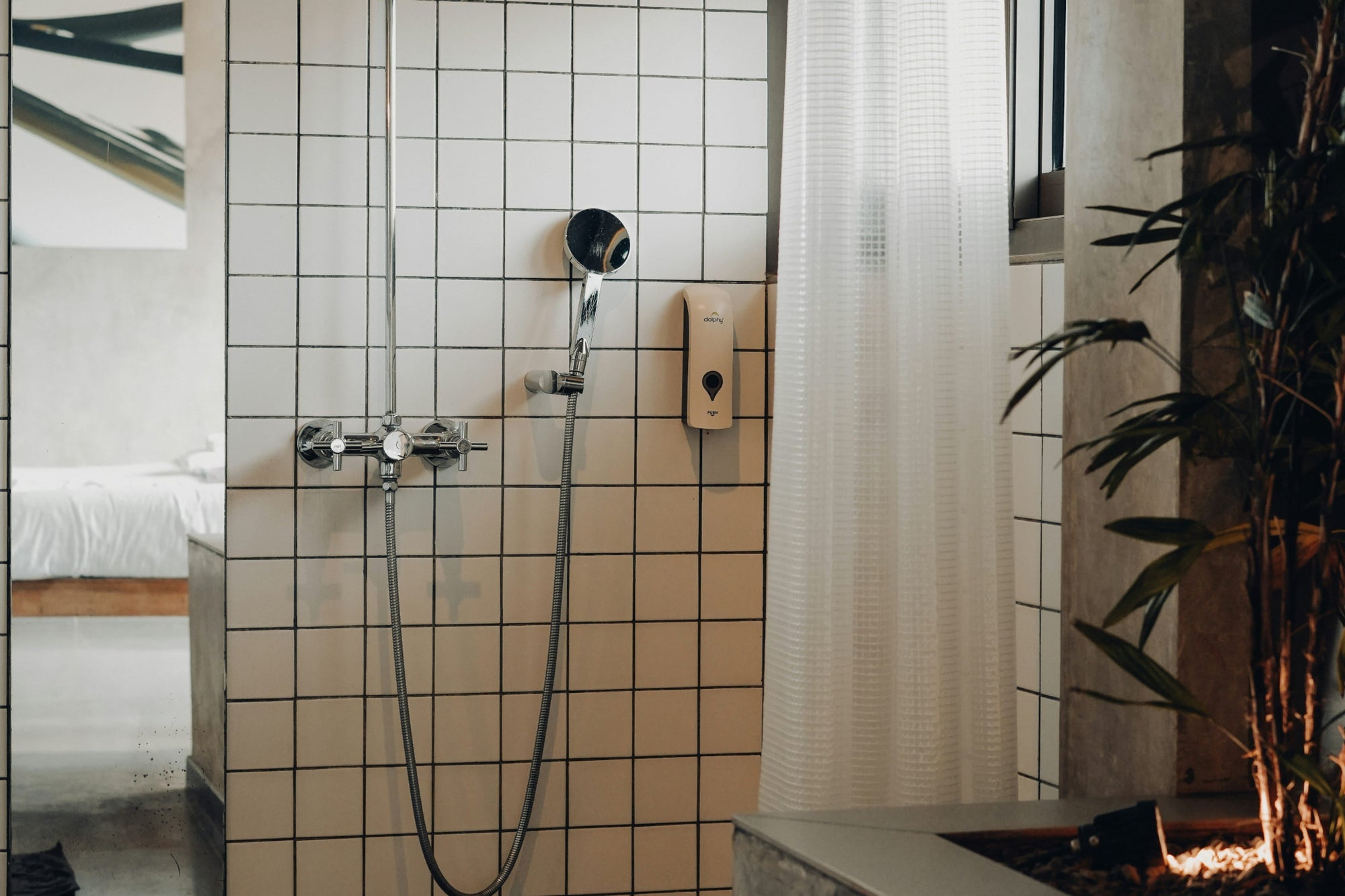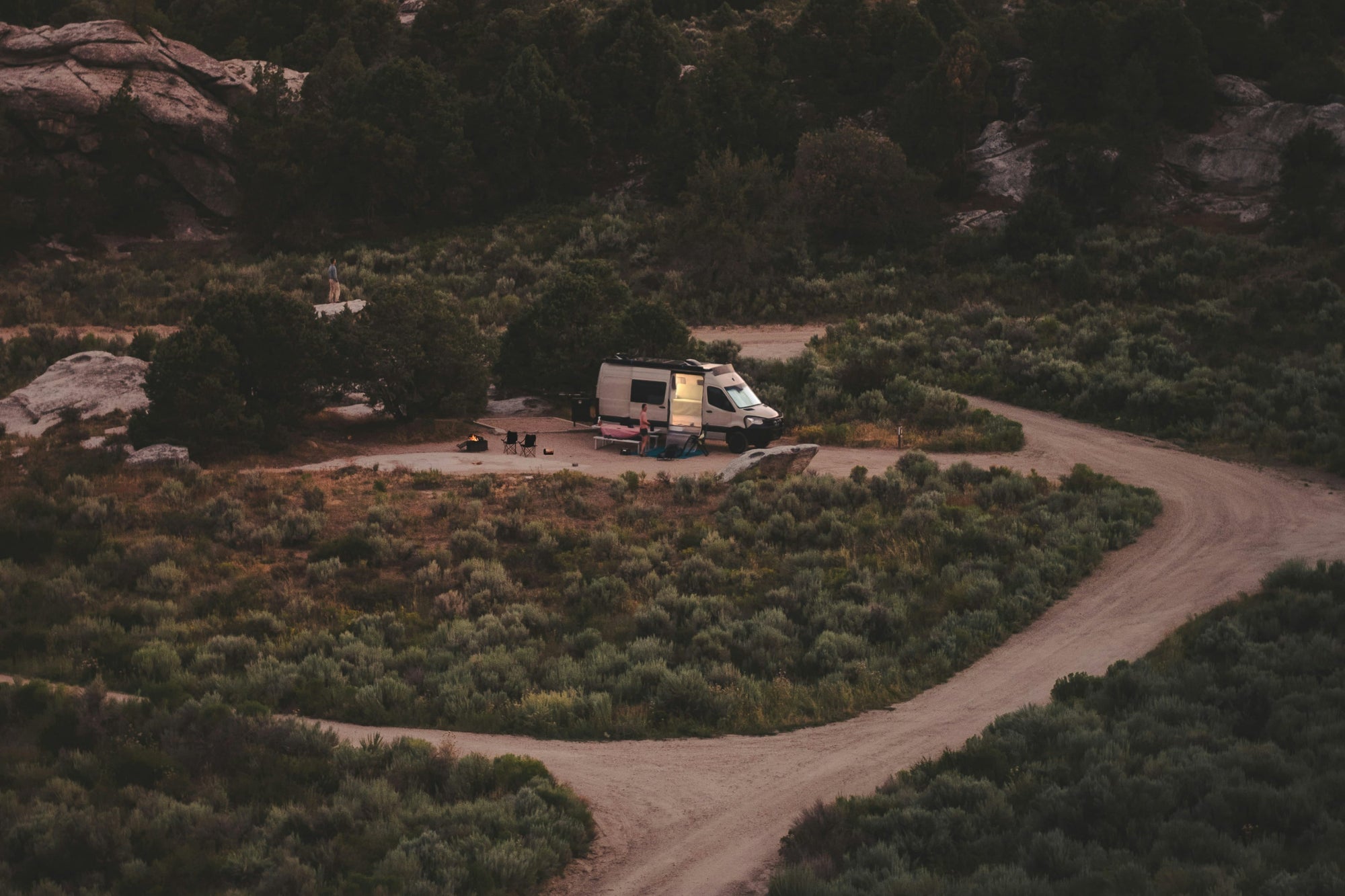If you love weekends under canvas, coastal vanlife, or a tidy post-ride rinse in the garden, a portable gas water heater is one of those upgrades that makes the outdoors feel like home. But with gas appliances, safety and compliance come first. That's where CE certification comes in. This article explains—plainly—what CE means for outdoor water heaters, how it relates to UK buyers, and how Camplux builds safety into popular models like Nano 3 Pro, AY132B, AY132MAX, BW158BC, BW264C, F10 PRO, and Nano 3 Max. We'll keep the focus on outdoor installation and use for camping, caravans and garden setups, and we'll point you to additional, practical reads (highlighted in blue) to deepen your research and strengthen your site's internal linking.
CE in a nutshell (and why campers should care)
CE is a manufacturer's declaration that a product meets the essential health, safety and environmental requirements of relevant EU regulations and directives. For gas appliances like portable outdoor water heaters, compliance typically centres on the Gas Appliances Regulation (GAR). In practice, that means:
-
The product has been designed and tested to meet core combustion and safety requirements, with documentation to back it up.
-
Risk controls (e.g., flame-failure shut-off, over-temperature protection, oxygen-related safeguards, stability and materials standards) are accounted for in the design and user instructions.
-
A Declaration of Conformity (DoC) and a technical file exist, and the CE mark appears on the rating plate/packaging.
For UK buyers, CE is particularly relevant if you also travel to EU/EEA countries, plan cross-border adventures, or simply want the assurance that your outdoor heater aligns to widely recognised safety baselines. Camplux product pages for UK models clearly set out specifications and, where applicable, call out CE/GAR details (for example, BW264C states “CE certified GAR standard” on the page).
Planning a first-time setup? Save this for later:
· How to Install a Camplux Outdoor Water Heater in the UK
· Step-by-Step Guide: Setting Up Your Camplux Portable Water Heater
What CE means in real life (for an outdoor gas water heater)
When you're choosing a portable heater for a campsite, stable, beach car park or rural plot, CE translates into practical safeguards you'll actually use:
-
Safe flame control (e.g., flame-failure): gas shuts off if the flame goes out.
-
Temperature protection: over-temperature detection and shut-down help avoid scald risk or thermal stress.
-
Clear instructions & labelling: correct gas type/pressure (e.g., propane/butane), regulator information, ventilation guidance, drain-down and storage advice.
-
Durability for outdoor use: features like rain caps and drain plugs (on selected models) support UK weather and winter care.
Important: This article focuses on outdoor/temporary operation. For any permanent or indoor installation, consult a Gas Safe registered engineer.
Camplux at a glance (UK-ready ranges)
Series pages to explore:
Compact & ultra-portable (solo/duo): Camplux Nano series (3 L/min)
Nano 3 Pro — fast hot water in a grab-and-go form
View product
Nano 3 Max — portability with extra built-in safeguards
View product
Family camping, dogs & stables: AY132 (5 L/min)
AY132B — the UK's go-to first portable heater
View product
AY132MAX — pump-assisted bundle with stand and carry bag
View product
Higher flow for groups & rinse stations: 6–10 L/min
BW158BC (6 L/min) — outdoor-minded build with rain cap
View product
BW264C (10 L/min) — CE/GAR call-out on page, built for UK weather
View product
F10 PRO (10 L/min) — high-flow portable with 12V pump
View product
Verifying CE when you buy (a quick checklist)
-
Check the product page for CE/GAR notes and safety features; Camplux's BW264C explicitly states “CE certified GAR standard” (see product page).
-
Look for the mark on the appliance rating plate and packaging once delivered.
-
Keep the paperwork: user manual, quick-start leaflet, and—where available—Declaration of Conformity.
-
Use the right regulator for your gas (propane/butane) and follow the pressure guidance on the product page and in the manual.
-
Operate outdoors or in very well-ventilated areas only. Never use inside tents, caravans or enclosed awnings.
For more safety-first reading:
· Understanding UK Regulations for Outdoor Water Heater Installation
· Safety Precautions When Using Outdoor Water Heaters
· Gas Safety Tips for Operating Your Camplux Water Heater
CE vs. “just marketing”: how Camplux pairs compliance with real features
CE isn't a sticker for show; it sits alongside practical safeguards and clear instructions. Camplux's outdoor line pairs compliance signalling with features that matter in the field:
-
Flame-failure & over-temperature protection across popular models.
-
Rain caps and drain plugs (selected models) to suit UK weather cycles.
-
Low start-up water pressure on several units—good for off-grid buckets and pumps.
-
Portable pumps & stands (e.g., AY132MAX) to simplify setup away from taps.
Explore model families and specs here:
· Portable Water Heater
· Outdoor Water Heater
· Gas Water Heater
UK outdoor setup: the CE-minded way (5 essentials)
-
Regulator & gas — Match the cylinder and regulator specified on your model page; keep bottles upright, outside and away from ignition sources.
-
Airflow & placement — Operate only outdoors or in very well-ventilated spaces; maintain the clearances shown in your manual; keep the flue area clear.
-
Leak test — Brush soapy water on every gas joint before first light; bubbles = leak. Shut off, refit, re-test.
-
Lighting order — Open water first, then gas; start cool and adjust upwards; when finished, close gas, then water.
-
Drain down — Before moving/storing, drain residual water; it protects the internals and helps prevent freeze damage.
Keep learning with these practical reads:
· Routine Maintenance Tips for Camplux Outdoor Water Heaters
· Winterizing Your Camplux Water Heater: A UK Guide
· How to Drain and Store Your Camplux Water Heater During Off-Season
Choosing the right Camplux model (and why CE helps)
Because CE is about safety and clarity, it makes model comparisons more meaningful. You can focus on flow rate, bundle contents (e.g., pump/stand), portability and use case:
-
Nano 3 Pro / Nano 3 Max (3 L/min) — ultralight, great for quick showers at the beach or a post-ride rinse by the van.
-
AY132B (5 L/min) — a trusted starter for families, pets and stables.
-
AY132MAX (5 L/min) — pump + stand + carry bag = easier off-grid setups.
-
BW158BC (6 L/min) — outdoor-minded with a rain cap for British weather.
-
BW264C (10 L/min) — high-flow favourite with page-level CE/GAR call-out.
-
F10 PRO (10 L/min) — portable, pump-assisted, ideal for caravans and rural plots.
For side-by-side specs and deeper shopping advice:
· Understanding the Specifications of Camplux Water Heaters
· FAQs: Everything You Need to Know About Camplux Water Heaters
Troubleshooting & care (CE is only the start)
Even a CE-marked heater needs sensible operation and upkeep:
-
Common issues (e.g., low flow, ignition, temperature swings) are usually easy to fix with a few checks.
-
Routine maintenance keeps performance steady and extends service life.
-
Winter care (drain-down, storage, covers) preserves seals and exchangers.
Useful follow-ups for readers:
· Common Issues with Outdoor Water Heaters and How to Fix Them
· Extending the Lifespan of Your Outdoor Water Heater
Final word: CE gives confidence, Camplux delivers comfort
When you pick a Camplux outdoor water heater, you're choosing a brand that pairs clear compliance signalling with practical safety features for real British weather and use-cases. Start by browsing the series pages, then dive into the blue internal guides to keep learning—and keep your readers on site:
